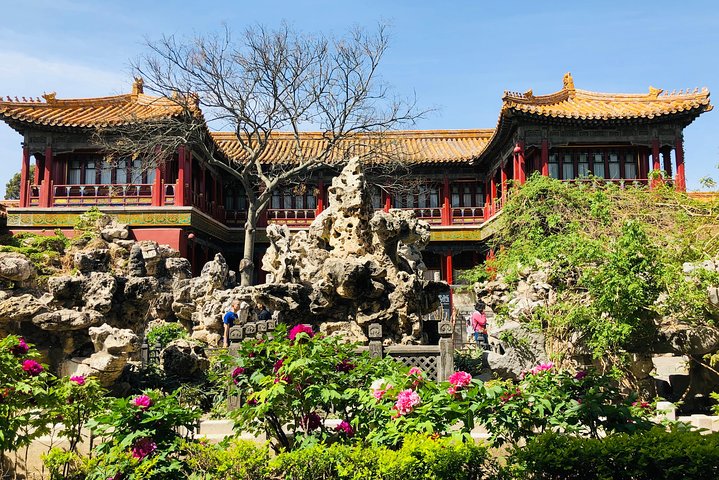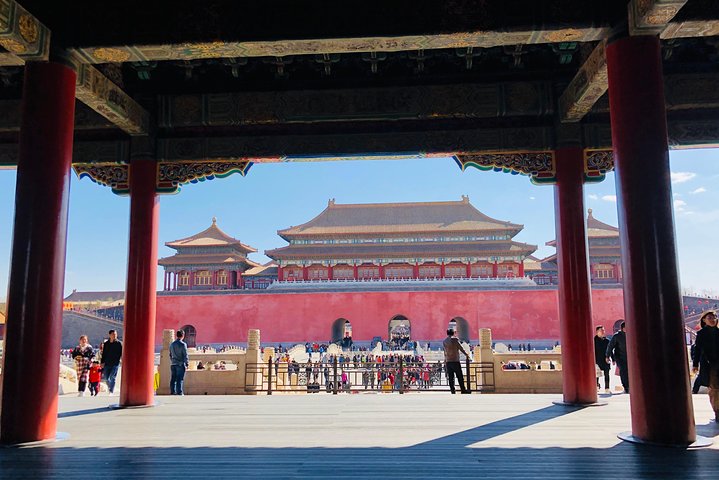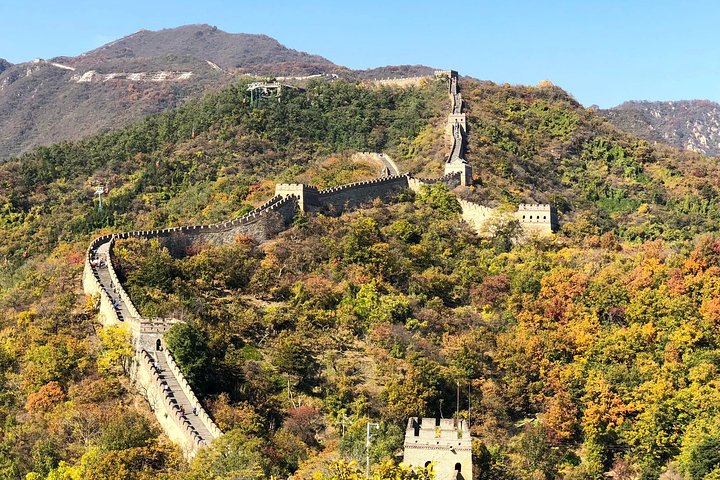Exploring Beijing’s Imperial Legacy: A Day in the Forbidden City and Dim Sum Delight
Embark on a cultural journey through Beijing’s Forbidden City and savor the exquisite flavors of dim sum at Din Tai Fung. Discover the rich history and timeless beauty of China’s imperial past.
A Journey Through Time: The Forbidden City
As I stepped off the bullet train from Tianjin to Beijing, the anticipation of exploring the Forbidden City was palpable. The train ride itself was a marvel, whisking me through the Chinese countryside at an astonishing speed, a testament to the seamless blend of tradition and modernity that defines this region. Upon arrival, I was greeted by my private guide, whose knowledge of Beijing’s history was as vast as the city itself.
Our first stop was Tiananmen Square, the largest city plaza in the world. Standing there, I felt the weight of history, the echoes of past revolutions and the enduring spirit of the Chinese people. My guide shared stories of the square’s significance, painting a vivid picture of its role in shaping modern China. As we moved towards the Forbidden City, the grandeur of the ancient palace complex unfolded before me.
Walking through the gates of the Forbidden City was like stepping back in time. The intricate architecture, with its yellow glazed tiles and imposing halls, spoke of a bygone era of emperors and dynasties. My guide led me through the Hall of Great Harmony, where emperors once addressed their subjects, and the Hall of Preserving Harmony, a site of royal examinations and banquets. Each corner of the palace whispered stories of power, tradition, and the delicate balance of harmony that defined the imperial court.
The Imperial Gardens: A Sanctuary of Serenity
After exploring the grand halls, we wandered into the Imperial Garden, a serene oasis within the bustling city. The garden was a masterpiece of landscape design, with blooming peonies, ancient pine trees, and elegant pagodas. It was a place where emperors and their families sought solace and reflection, away from the demands of court life.
As I strolled through the garden, I couldn’t help but draw parallels to the Japanese gardens I grew up visiting with my mother. The emphasis on harmony with nature, the careful placement of each element, and the sense of tranquility were universal themes that transcended cultural boundaries. My guide pointed out the natural limestone sculptures, each with its own story and significance, adding another layer of depth to the experience.
The Imperial Garden was a reminder of the timeless beauty that can be found in simplicity and the importance of preserving such spaces in our modern world. It was a moment of mindfulness, a chance to pause and appreciate the intricate tapestry of history and nature that surrounded me.
A Culinary Delight: Savoring Dim Sum at Din Tai Fung
No journey through Beijing would be complete without indulging in its culinary delights. After a morning of exploration, I was eager to experience the renowned dim sum at Din Tai Fung. The restaurant, known for its meticulous preparation and exquisite flavors, did not disappoint.
As I savored each bite, I was reminded of the importance of food in cultural exchange. The delicate dumplings, filled with savory meats and aromatic spices, were a testament to the artistry and tradition of Chinese cuisine. My guide shared insights into the history of dim sum, a meal that has brought people together for centuries, fostering connection and community.
The meal was a fitting end to a day steeped in history and culture. As I boarded the bullet train back to Tianjin, I reflected on the richness of the experience. The Forbidden City, with its majestic halls and tranquil gardens, had offered a glimpse into China’s imperial past, while the dim sum at Din Tai Fung had provided a taste of its vibrant culinary heritage. It was a journey that celebrated the enduring legacy of tradition and the beauty of cultural immersion.




















































